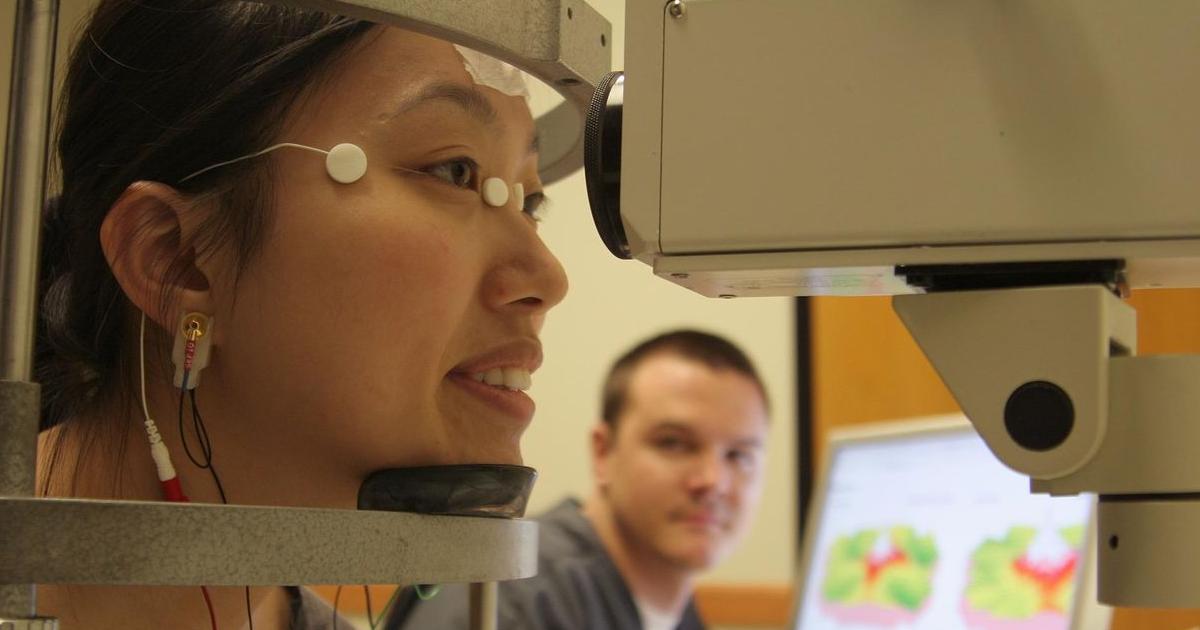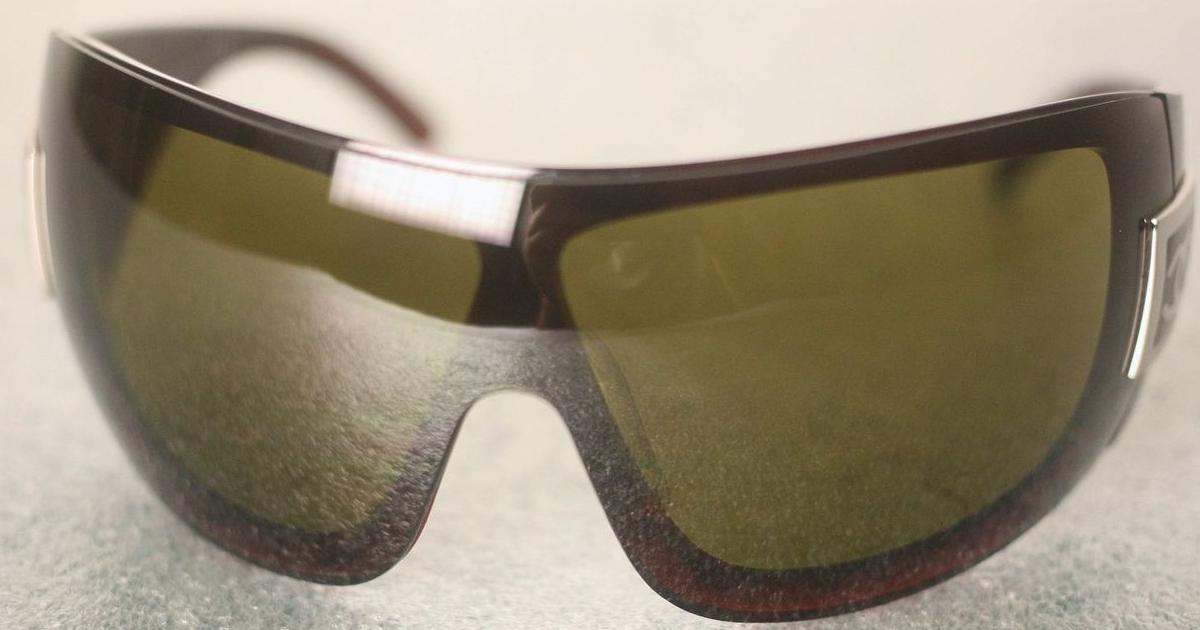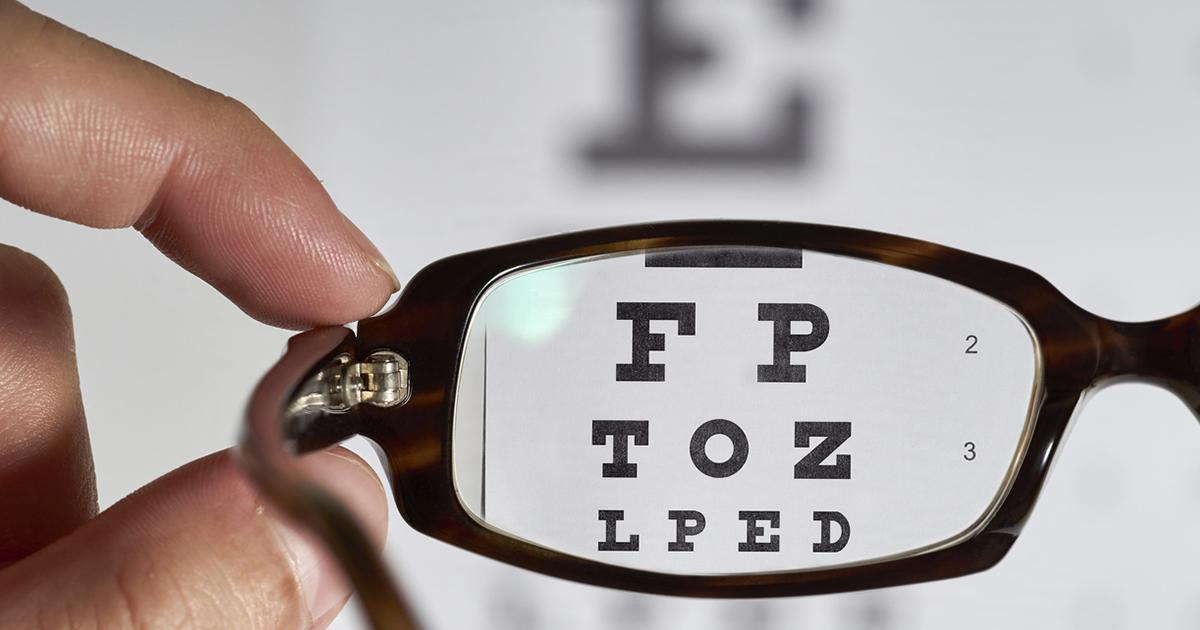Guide To Diagnosing And Treating Leber Congenital Amaurosis
Leber congenital amaurosis (LCA) is a disorder that affects the retina, the layer in the back of the eye responsible for capturing images. Beginning in infancy, individuals affected by LCA tend to have a significant visual impairment. Visual impairments occur because of retinal degeneration and abnormal function. The retina contains photoreceptor cells, which are responsible for sensing light. The photoreceptor cells do not work in Leber congenital amaurosis patients, which results in the eye's inability to capture images. LCA is caused by a genetic mutation inherited from an affected individual's parents. Mutations in nineteen different genes can cause this condition. These genes encode instructions on how to produce proteins required for proper eyesight. Light sensitivity, involuntary eye movements, eye rubbing, and farsightedness are all characteristic symptoms of Leber congenital amaurosis.
There are various ways to diagnose and treat an individual affected by this disorder. Learn about them now.
Diagnostic Procedures

Diagnostic procedures are often required in order to make a Leber congenital amaurosis diagnosis. Initially, LCA patients do not exhibit an abnormal appearance of their retina. The normal appearance is due to the fact retinal degeneration does not occur in the early stages of this condition. It is for this reason that it takes more than just an ophthalmic examination to diagnose Leber congenital amaurosis.
The most common diagnostic procedure used to diagnose this condition is an electroretinogram (ERG), a test that measures and determines the activity level of an individual's retina. It works by checking the neural and non-neuronal cells in an individual's retina for responses to light stimuli. The ERG results appear in the form of waves in individuals who have healthy and fully functional eyes. In Leber congenital amaurosis patients, ERG results appear as a flat line. This flat line indicates there is no activity or retinal function in response to the light stimuli. Another diagnostic procedure that is important in the diagnosis of LCA is genetic testing. In order to treat this condition effectively, the abnormal gene causing a patient's case of Leber congenital amaurosis must be identified.
Learn about how doctors treat Leber congenital amaurosis now.
Gene Therapy

Gene therapy can be used to treat some individuals affected by Leber congenital amaurosis. If a patient's LCA is caused by mutations in both versions of their RPE65 gene, a gene therapy product is available to help treat vision loss caused by the disorder. This type of therapy works when the gene product is injected into the area underneath the retina, allowing for a new and working version of the RPE65 gene to diffuse into the affected cells.
In order for this product to be injected, a vitrectomy or a surgical procedure to remove vitreous humor gel from the eye cavity is required. This procedure allows the ophthalmologist to have better retinal access. While gene therapy does not cure vision loss caused by Leber congenital amaurosis, it is successful at making improvements in the patient's vision. It is vital for affected individuals to undergo this therapy soon after diagnosis, and before their retina has degenerated past a certain point. In order for a patient to undergo gene therapy for LCA, they have to have enough functional retina present for gene repair.
Keep reading to discover more about treating Leber congenital amaurosis now.
Clinical Trials

Clinical trials are available to individuals affected by Leber congenital amaurosis who are not eligible to have the only FDA-cleared gene therapy treatment. A clinical trial involves the administration of specific interventions such as medical products, behavioral changes, drugs, procedures, and use of devices to treat a disease or condition. The new method can be compared to a placebo, no intervention, or an existing standard treatment method. Investigators who conduct clinical trials measure certain outcomes in the patients to determine the efficacy and safety of their intervention. Some clinical trials are done in phases defined by the FDA. Clinical trials for patients with Leber congenital amaurosis caused by the p.Cys998X mutation or the c.2991+1655A>G mutation in the CEP290 gene has been cleared by the FDA, and they are available for eligible individuals. Another clinical trial is available for individuals who have LCA caused by the GUCY2D mutation. Individuals who are not eligible to undergo a clinical trial may be able to obtain experimental devices or drugs through FDA-expanded access.
Uncover more options for treating Leber congenital amaurosis now.
Reduction In Light Exposure

It is recommended for Leber congenital amaurosis patients to reduce light exposure to their eyes to prevent photophobia or light sensitivity. Individuals with LCA often feel discomfort with sources of incandescent light, sunlight, and fluorescent light. These individuals tend to squint or close their eyes when too much light is present. Often, patients also make a habit of rubbing, pressing, and poking their eyes. Bright light often causes Leber congenital amaurosis patients to develop severe migraines frequently. These individuals are instructed to avoid the sun and any other bright sources of light, even if they are indoors. Specialized sunglasses with extreme ultraviolet protection and strong polarization can help an individual reduce their eye exposure to light. An individual affected by LCA may benefit from eyeglasses containing sensitive photochromic lenses or lenses that are clear in low lighting conditions that become darker automatically in bright lighting conditions. In cases where photophobia is severe, the patient may consider the use of prosthetic contact lenses. These contact lenses decrease the quantity of light allowed to enter into the individual's eye.
Learn more about treating Leber congenital amaurosis now.
Close Medical Follow Up

Close medical follow up is always a component of treatment in individuals affected by Leber congenital amaurosis. As vision loss occurs and progresses in terms of severity, the individual can be treated for refractive errors up to a certain point. Frequent assessments of vision impairment are important, as the eyes of affected individuals tend to undergo changes more rapidly and frequently than individuals who have healthy eyes. LCA patients also need to be regularly monitored for the development of cataracts, amblyopia, and glaucoma. In rare cases, an individual with Leber congenital amaurosis may also have an intellectual disability, neurodevelopmental delays, and oculomotor apraxia-type behavior. Seizure disorders have also been reported in some LCA patients. Close medical follow up should be done to monitor for these conditions. Leber congenital amaurosis is also associated with senior Loken syndrome and Alport syndrome, both of which can affect how a patient's kidneys work. Kidney function may need to be checked frequently in LCA patients.